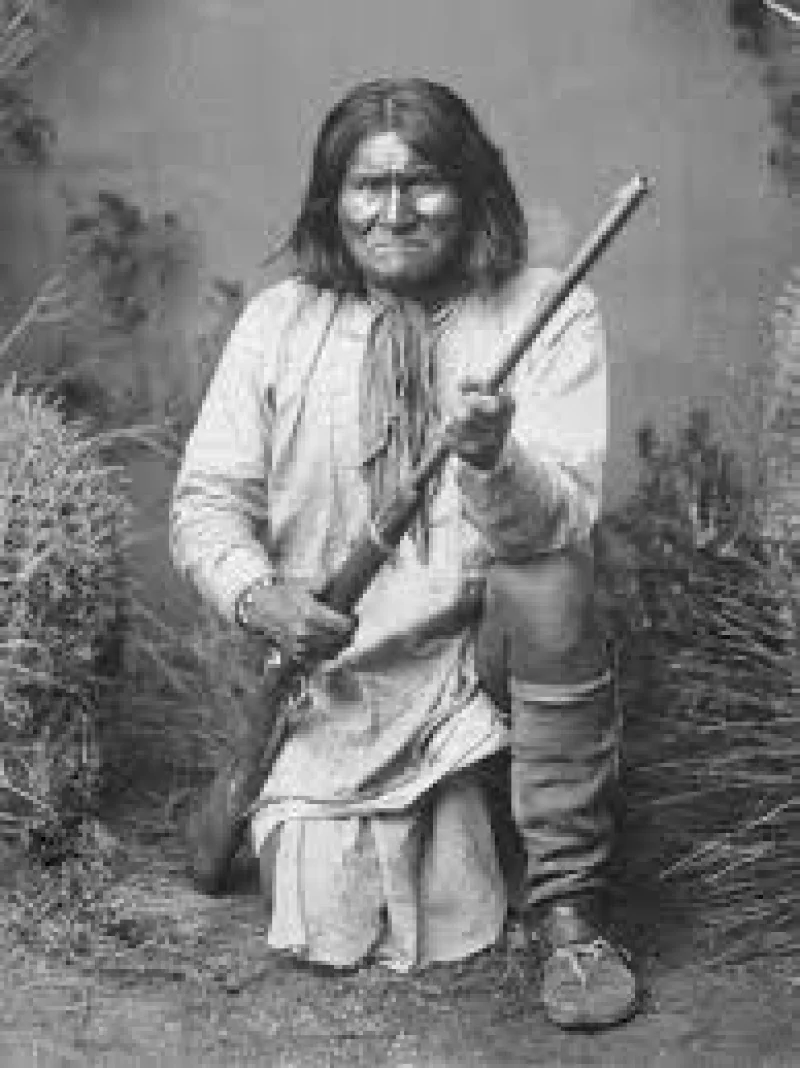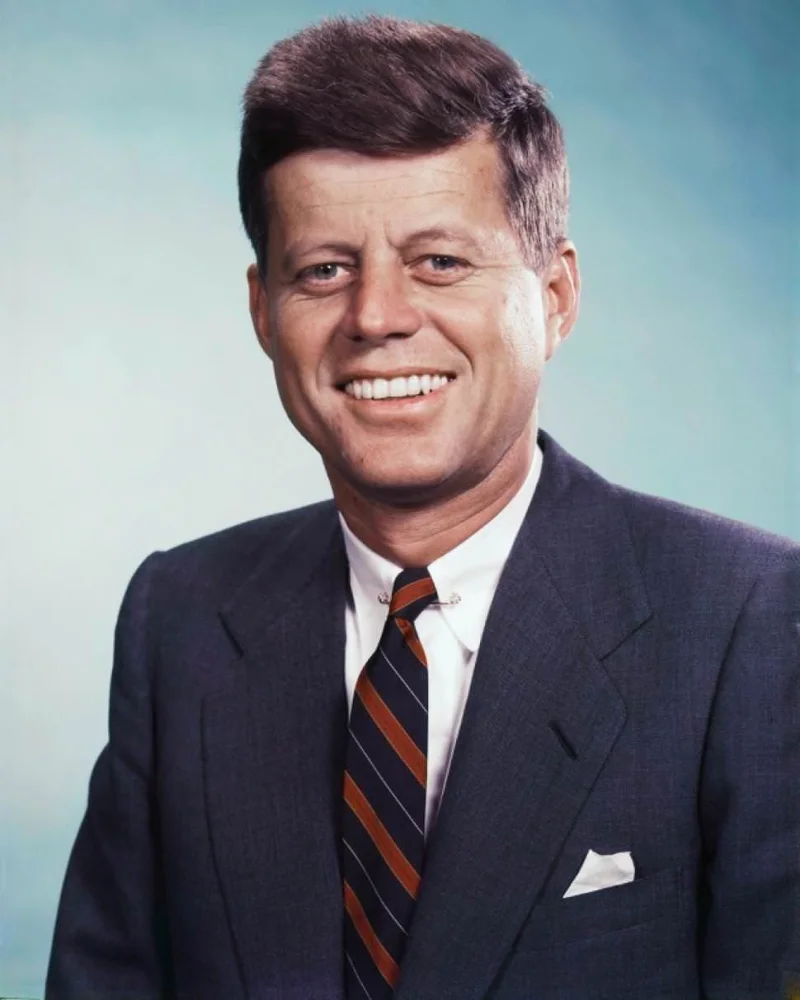Short Summary
Geronimo was a prominent leader and medicine man from the Bedonkohe band of the Apache tribe. He is best known for his resistance efforts against the United States and Mexican military campaigns in the late 19th century. His enduring legacy as a symbol of Native American resistance and his tactical acumen in battle have made him a legendary figure in American history. Geronimo's life story is a testament to his resilience and determination to protect his people and their way of life.
Early Life & Education
Born in June 1829 in what is now New Mexico, Geronimo was originally named Goyahkla, meaning "One Who Yawns." He was raised in the traditional Apache way of life, with a strong emphasis on survival skills, community, and spiritual beliefs. From a young age, he was taught hunting, tracking, and warfare tactics, which were essential for his future role as a leader. His early experiences were profoundly shaped by the complex relationships between the Apache tribes and the encroaching Mexican and American settlers.
Career Highlights
Geronimo emerged as a significant leader during the Apache Wars, a series of conflicts between the Apache tribes and the United States. His exceptional skills in guerrilla warfare and his deep knowledge of the terrain allowed him to evade capture for many years. In 1886, after a relentless pursuit by a significant number of U.S. troops, Geronimo finally surrendered, marking the end of the Apache resistance. Despite his surrender, his reputation as a fierce warrior and steadfast leader continued to grow, making him a symbol of Native American resistance.
Major Achievements
- Led numerous successful raids against U.S. and Mexican forces, demonstrating exceptional tactical skill.
- Managed to evade capture by American forces for several years, becoming a legendary figure in the process.
- Became a cultural icon and symbol of Native American resistance and resilience.
Famous Quotes
- "I was no chief and never had been, but because I had been more deeply wronged than others, this honor was conferred upon me, and I resolved to prove worthy of the trust."
- "I cannot think that we are useless or God would not have created us. All of us are created for a purpose."
Interesting Facts
- Geronimo participated in the 1904 World's Fair in St. Louis, where he was an attraction in the Apache Village.
- Despite his reputation as a fierce warrior, he became a farmer in his later years.
- He dictated his autobiography, "Geronimo's Story of His Life," in 1905.
- Geronimo converted to Christianity later in life.
Legacy / Influence
Geronimo's legacy endures as a symbol of Native American resistance and the fight for autonomy and rights. His life story has been celebrated in numerous books, films, and cultural narratives, highlighting themes of courage, resilience, and determination. His name remains synonymous with the struggle for justice and freedom for indigenous people.
FAQ
Q: Why is Geronimo famous?
A: He is famous for his leadership and resistance against U.S. and Mexican military efforts during the Apache Wars.
Q: When did Geronimo surrender?
A: Geronimo surrendered to U.S. forces in 1886.
Q: What tribe did Geronimo belong to?
A: He was part of the Bedonkohe band of the Apache tribe.
Q: Did Geronimo write a book?
A: Yes, he dictated his autobiography, "Geronimo's Story of His Life," in 1905.









